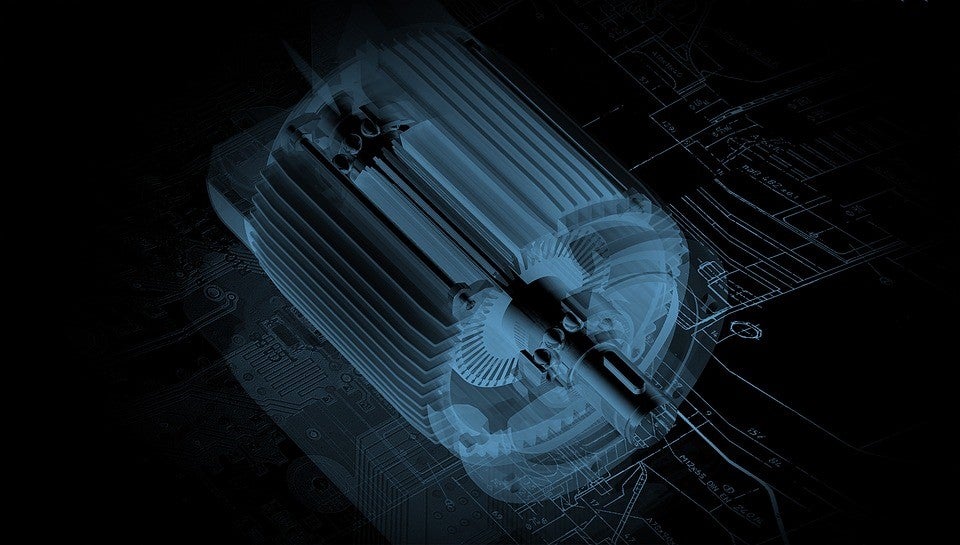The Future of Things Artificial Intelligence, IOT and Machine Learning are changing the Game and shaping the Future
Opinions expressed by Entrepreneur contributors are their own.
You're reading Entrepreneur India, an international franchise of Entrepreneur Media.

Dear Past,
Thank you for your lessons. But it is time we move on.
Dear Future,
I look forward to you and for the best things that are yet to come.
I am ready!
"Everything remains as it never was"
Change and transformation are the only constants, always driving us into the future, right from the time fire was discovered, the wheel was invented. Industries have been undergoing massive transformation right from the industrial revolution. It is the pace of change that is now much faster. Collaboration and automation are happening across industries, using technological trends like artificial intelligence (AI), cloud computing, mobile technology; improving decision making, performance and efficient use of limited resources.

An ever-increasing demanding consumer base coupled with limited resources is forcing industries to innovate and devise smarter ways to break free from inefficiencies, ensure speedy delivery, better quality at a lower cost with less waste. The 3D technology has been playing an integral role across industries in driving these changes. Combined with AI, IOT and machine learning, 3D has become a game changer whether it is Architecture, Engineering, Construction, manufacturing, or media and entertainment. The Future of things have truly arrived; be it making things, using things or interacting with things.

Experience your dream house before its built
Let your imagination run free. Wouldn't it be wonderful to see the real finished product during the designing of the product? Think about it, watching your final house or property during the architectural design itself. And this is happening right now, imagine the possibilities. Using Building Information Management (BIM), the construction industry is undergoing a massive transformation in providing customized solutions to the ever-growing demands by consumers, managing and optimizing limited resources and at the same time minimizing waste. Insights and tools provided by BIM are allowing construction companies to more efficiently plan, design, construct, and manage buildings and infrastructure. Worried about the carbon footprint of your building? Generative designs allow designers to explore thousands of design options that include constraints such as size, views, solar-energy potential, and cost and profit, to create the perfect building right at the conceptualization phase.

Personalized Mass production is here to stay
This revolution is not limited to construction but it is spreading like wildfire to manufacturing as well. Mass customization is the way forward. Providing customized solutions to every customer is the next point of differentiation for all the manufacturers. With an expected population of 10 Billion by 2050, it will be a humongous task to keep up with the demand. Automation driven by AI and machine learning is leading the charge. Using these tools one of the giants in aircraft manufacturing is producing aeroplanes with optimized usage of fossil fuels; increasing profitability for airline carriers and also doing their bit for the environment by reducing carbon emissions and judicial use of the limited source of fossil fuels. Using automation as the underlying basis to connect waste streams with material streams, one of the most valuable firms on the planet has decided to use only renewable or recycled material for production. The future of making things is going to be all about uncovering unlikely solution sets; and connecting supply chain, design, manufacturing, product use, and product end of life in innovative, highly optimized ways.

Why the future is relevant and important?
We as humans will always need, desire and demand more. The disparity between the ever-growing population with an increased spending power vs the limited natural resources puts a big question mark over the sustainability of the present state of things. We need to fundamentally rethink and imagine an innovative model of human-machine collaboration to do something better, smarter and balance the inescapability of more with the reality of less.
Going ahead, humans and machines will learn from one another and co-create, and hopefully, this will unleash unbounded creativity to design, make and use products that will help cut waste, create more efficient and optimized solutions.
Abraham Lincoln righly said, "The best way to predict future is to create it."
Companies and innovators who have realized this will shape the future of things and yes, make a hell lot of money.










